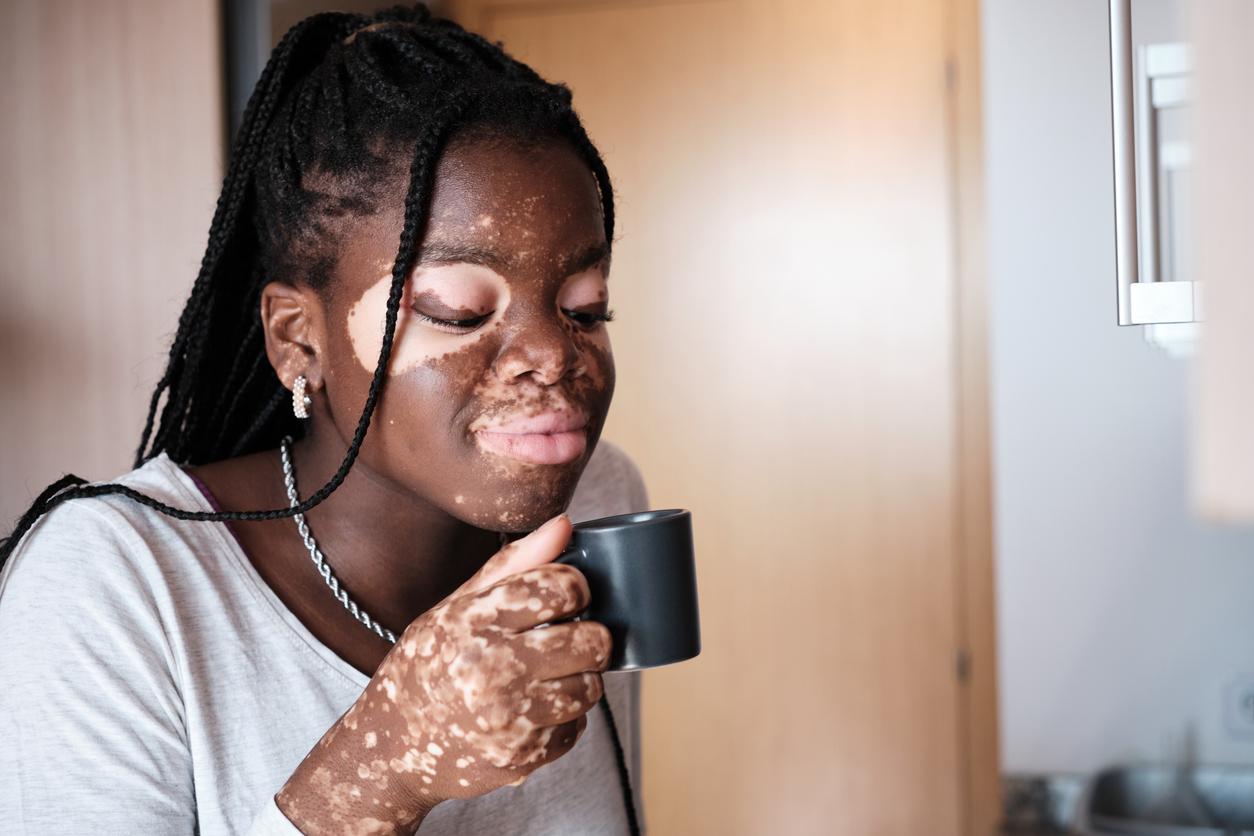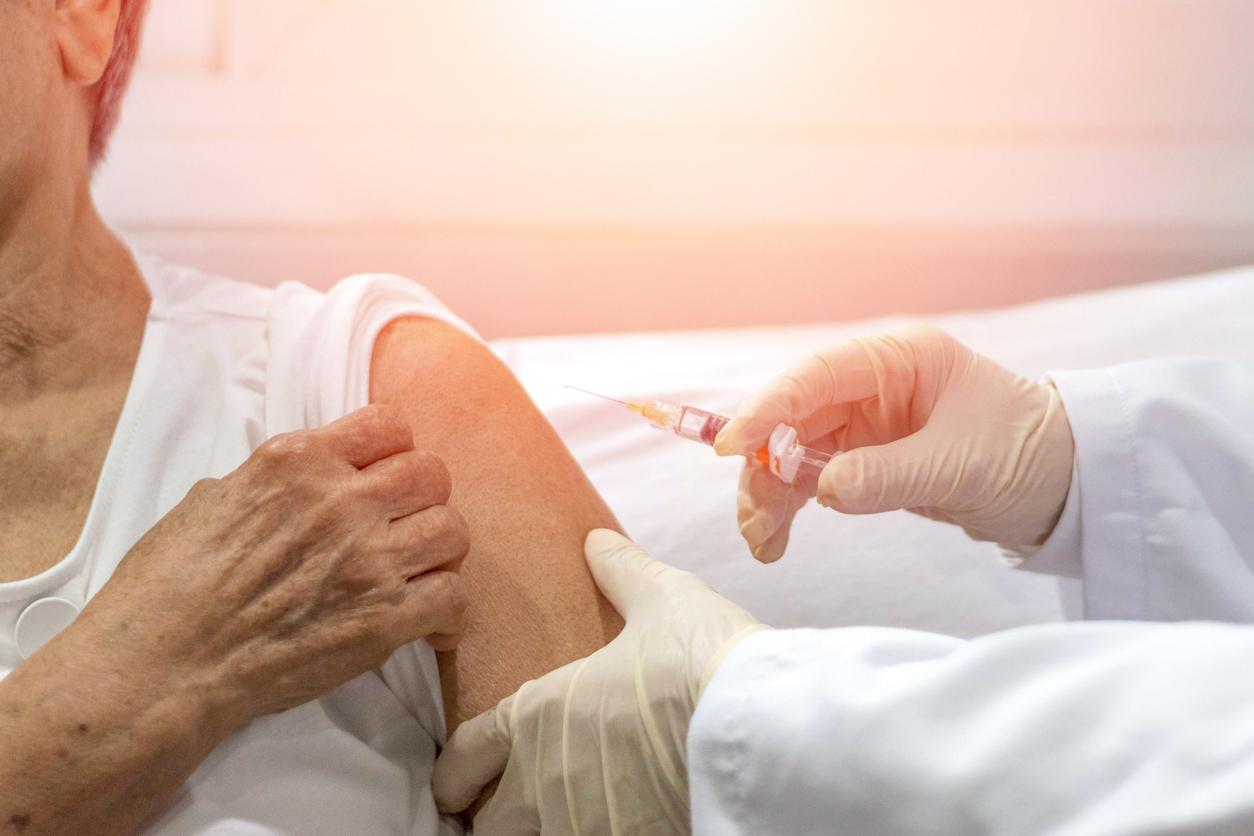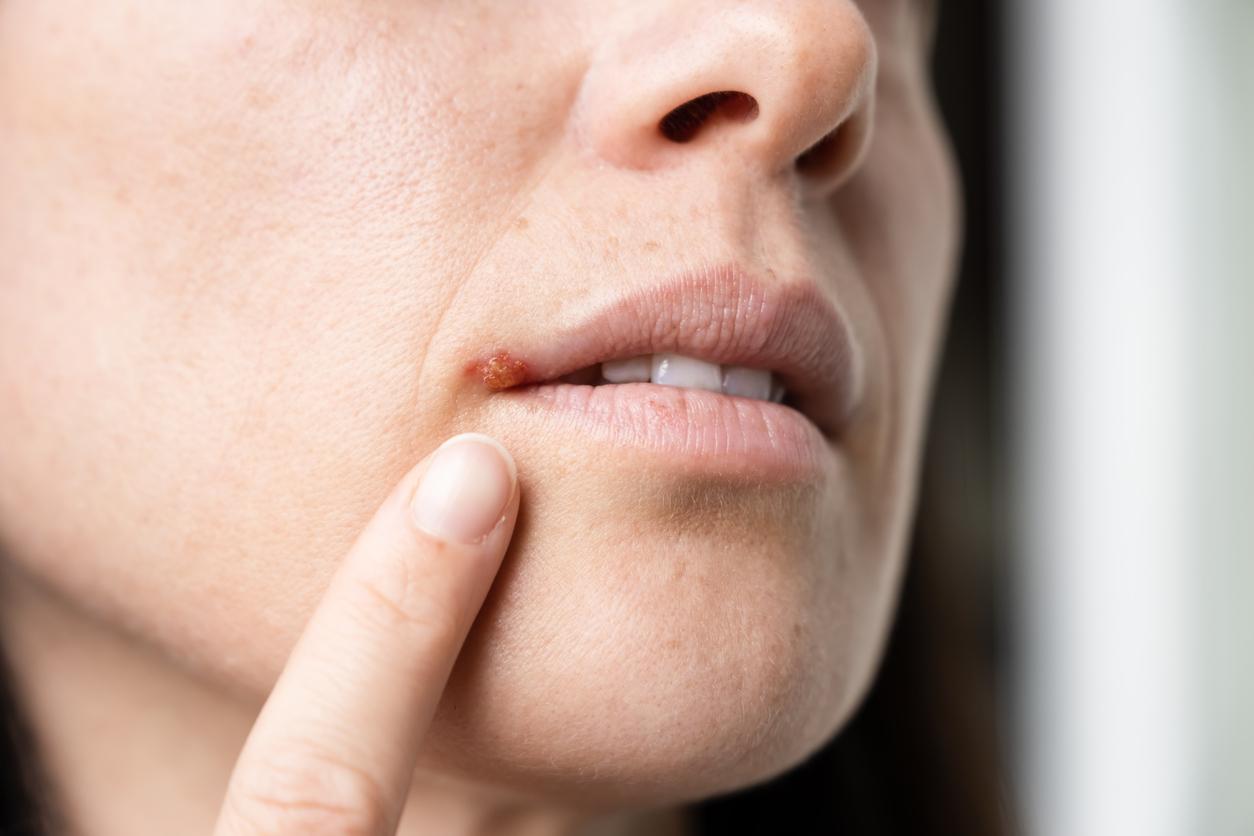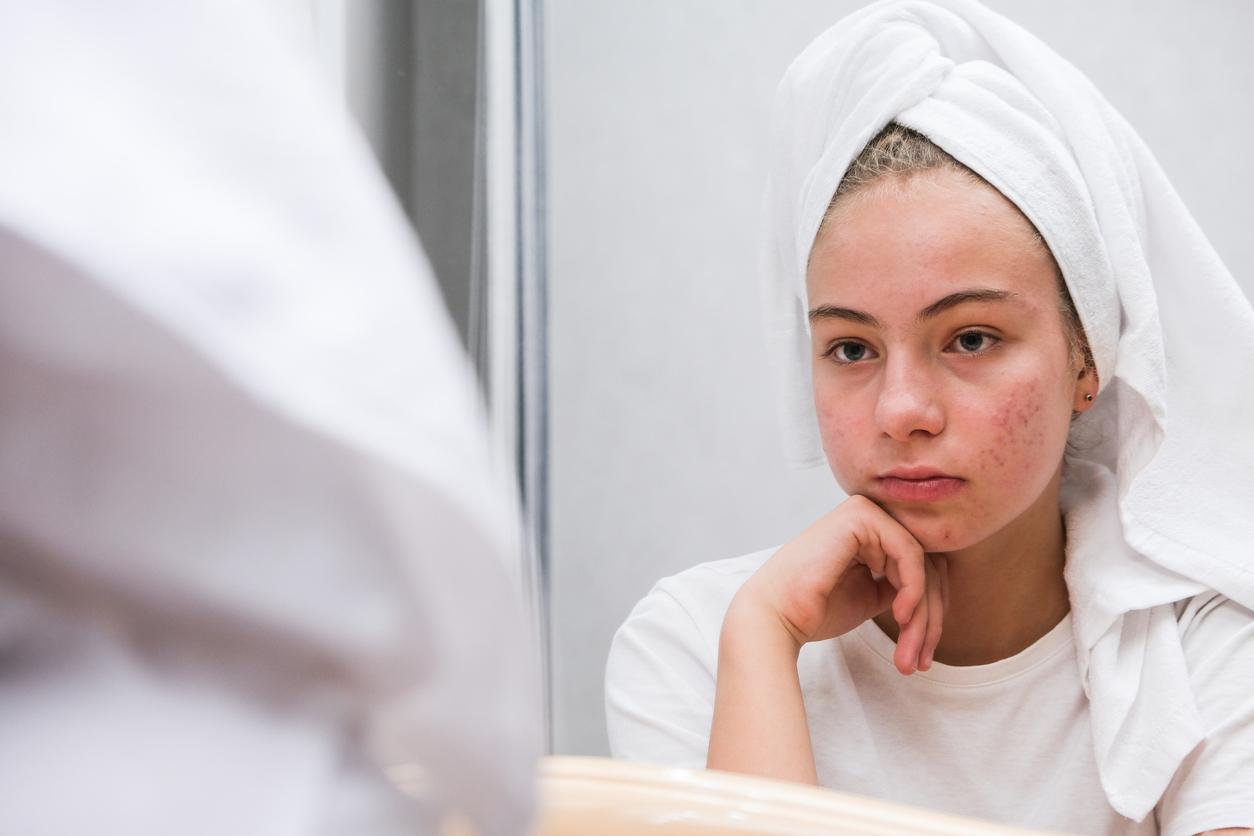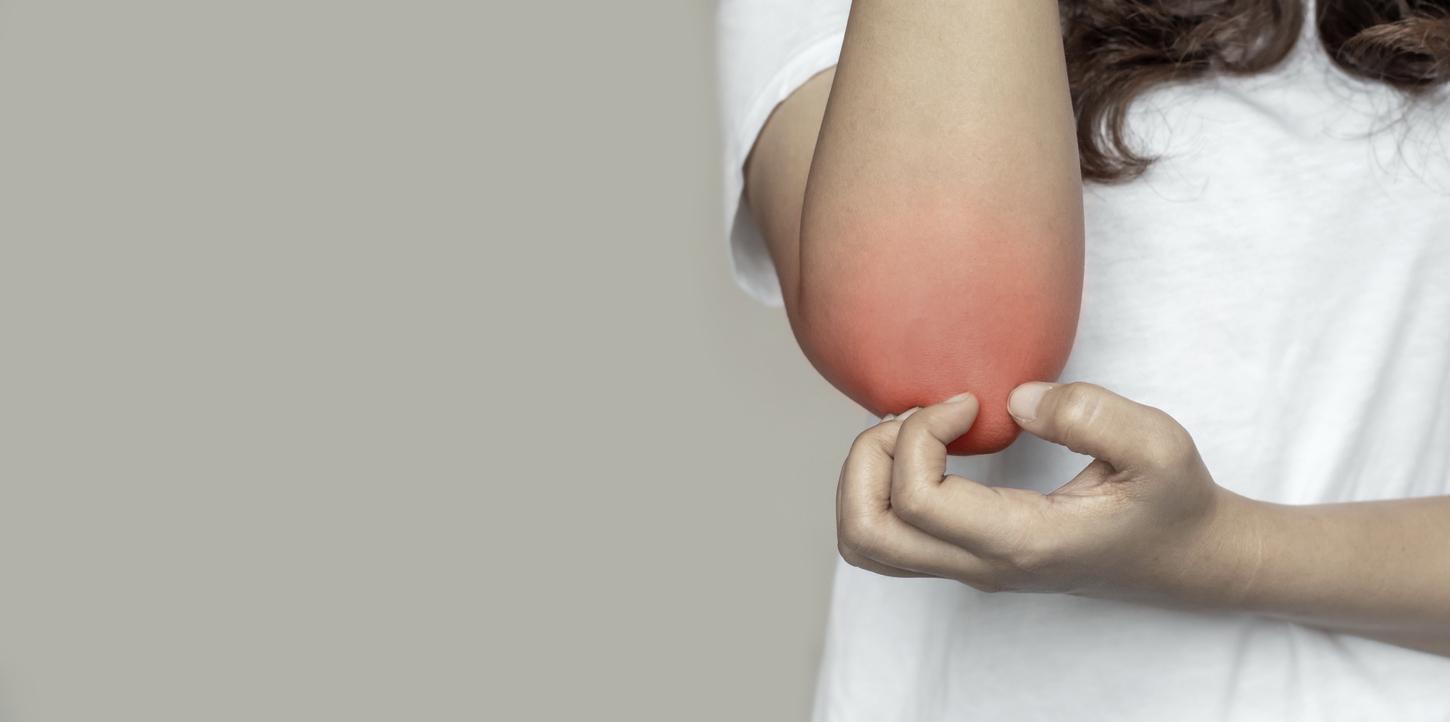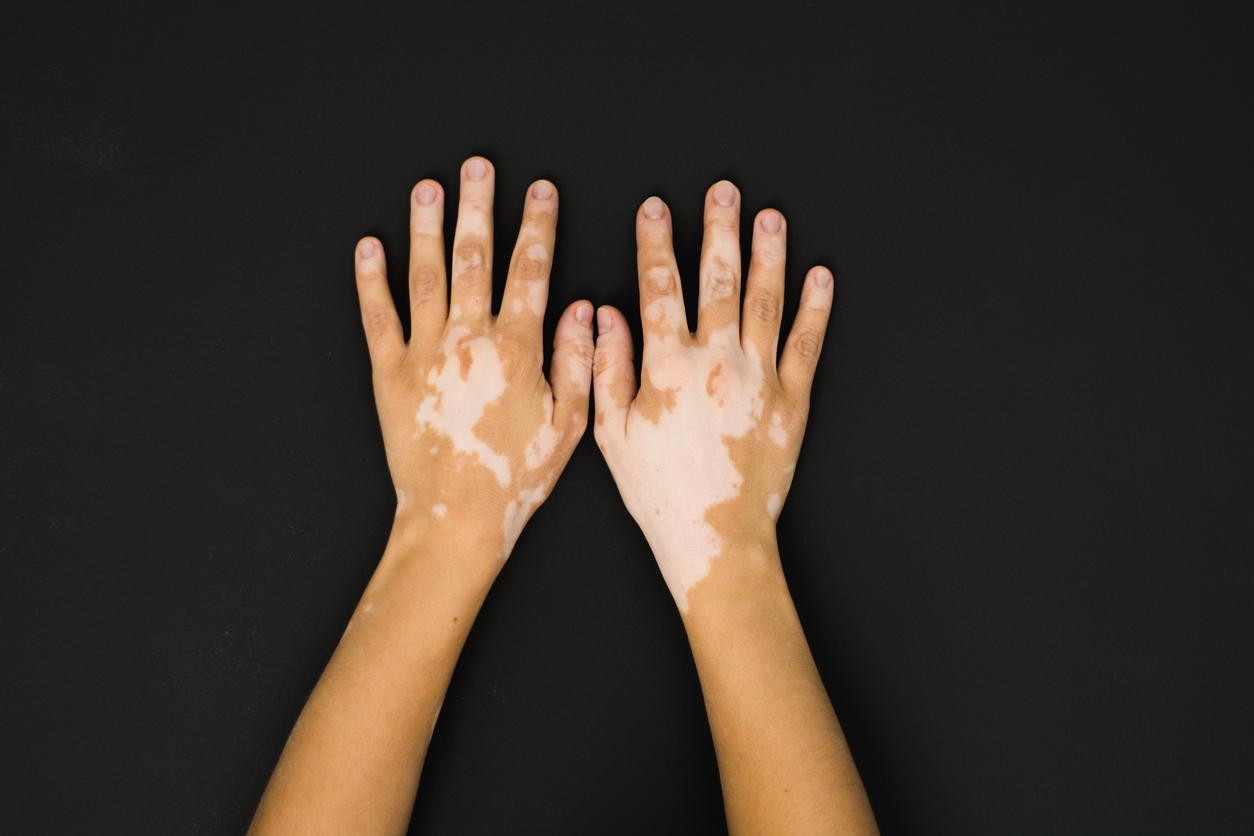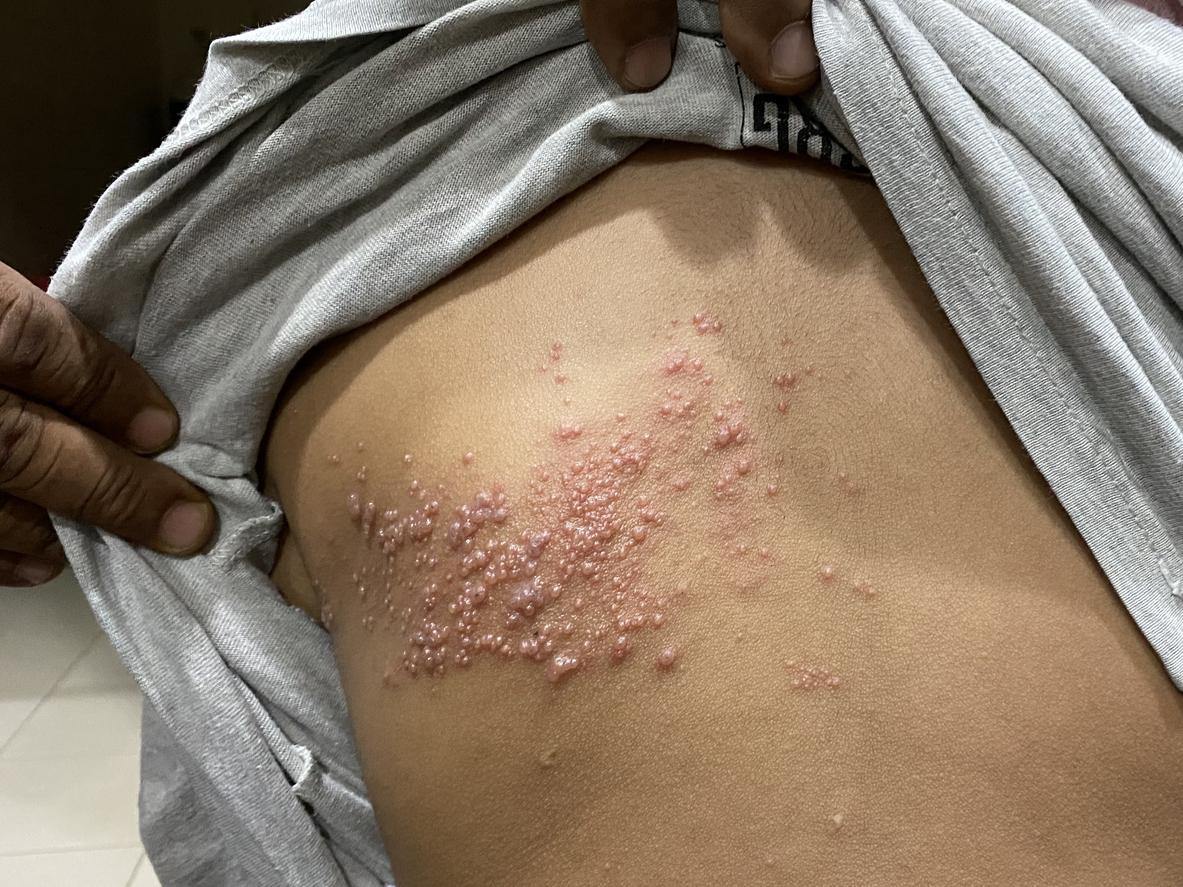In the pope emeritus, it is characterized by rashes on the face.
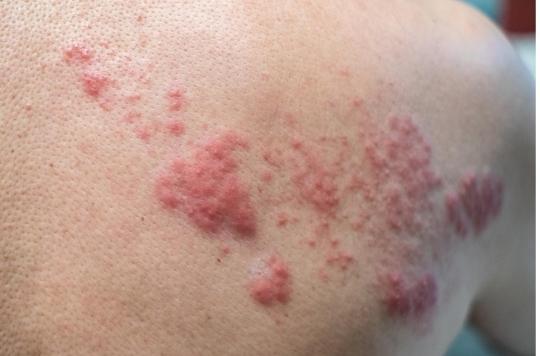
Benedict XVI is better. His private secretary told the German newspaper Sudkurier. He has shingles on the right half of his face. The disease is linked to the reactivation of the varicella-zoster virus, it affects people who have already contracted chickenpox. This virus is part of the herpes family.
Fatigue, stress, emotional shock: possible triggers of shingles
Shingles mainly affects the chest and head: these areas correspond to parts of the body often affected during chickenpox. The disease usually appears when a person is stressed or tired. In the case of Benedict XVI, it appeared after an emotional shock, the death of his brother. It can also occur following an immune deficiency linked to cancer or an infectious disease. Shingles is more common among people over 50: almost half of them are at risk of suffering from it one day.
Shooting pains
In the first days of the disease, the affected person feels like burning in certain areas, then the rashes appear where the lymph nodes are affected by the virus. First, the skin turns a bright pink color before forming chickenpox-like blisters. It takes five to seven days for it to dry and scabs to form. Those affected may suffer from a slight fever, loss of sensation and very strong pain on one side of the chest. The private secretary of Benedict XVI even speaks of “pains that I would not wish on my worst enemy”.
Usually the disease heals in two to three weeks, but scars may persist. Fifteen percent of patients have complications, including persistent neurological pain, called postherpetic pain. Depending on the location affected, the consequences are not the same. Ophthalmic shingles can damage the cornea, and in the most serious cases, lead to loss of the eye. Otitic shingles, located near the ear, can cause hearing loss, even dizziness or paralysis of the face.
A vaccine exists
Warm showers with a surgras soap can relieve pain and the application of an antiseptic can help prevent infections. It is absolutely necessary to avoid scratching so as not to aggravate the lesions. For people at risk, there is now a vaccine. Administered only to people over 65, Zostavax is covered at 35% by health insurance, and the rest is generally covered by mutual insurance companies. It does not protect 100% of the disease but does reduce the risk of recurrences and post-herpetic pain, especially for people over 70, in whom the disease is most virulent.
.










